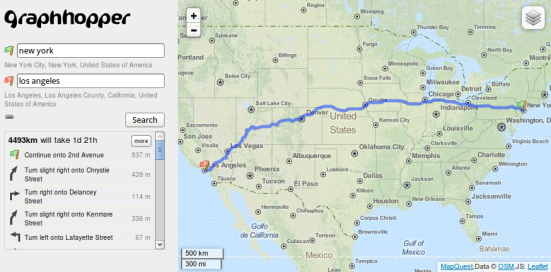I saw an interesting post by Jay Stidhar titled: How to Install and Use Oracle XQuery Processor for Java.
Interesting in the sense of why would Stidhar or anyone else, encourage the use of the Oracle XQuery processor?
You don’t have to do a deep technical dive to be dismayed by the Oracle XQuery processor. Just take a look at the Oracle Technology Network License Agreement which you have to accept before downloading the software. It took three screen shots for me to capture it for preservation purposes.
OK, I won’t make you read all of it! It starts downhill early on and only gets worse:
…
Oracle grants You a nonexclusive, nontransferable, limited license to internally use the Programs, subject to the restrictions stated in this Agreement, only for the purpose of developing, testing, prototyping, and demonstrating Your application and only as long as Your application has not been used for any data processing, business, commercial, or production purposes, and not for any other purpose.
…
Wow!
To summarize:
- [O]nly for the purpose of developing, testing, prototyping, and demonstrating Your application
- [O]nly as long as Your application has not been used for any data processing, business, commercial, or production purposes, and not for any other purpose.
Once your application is used for “…any data processing, business, commercial, or production purposes…,” your license for the Oracle XQuery processor may terminate.
Who knew?
There are other restrictions and conditions that make the Oracle XQuery processor unattractive. Discover those for yourself.
Check the Twitter archives of @XQuery for a number of open source and commercial XQuery software packages with less onerous licensing.

